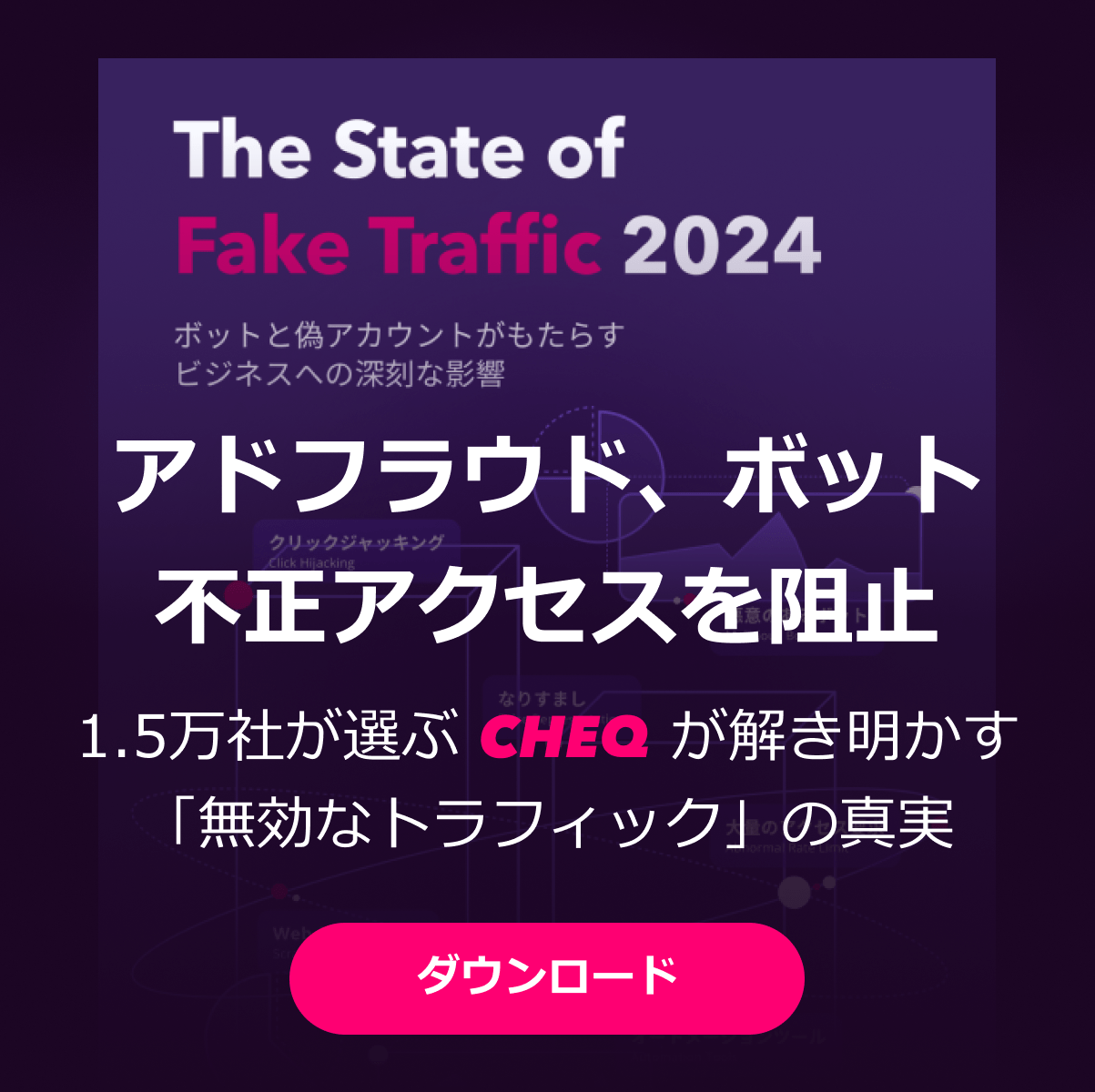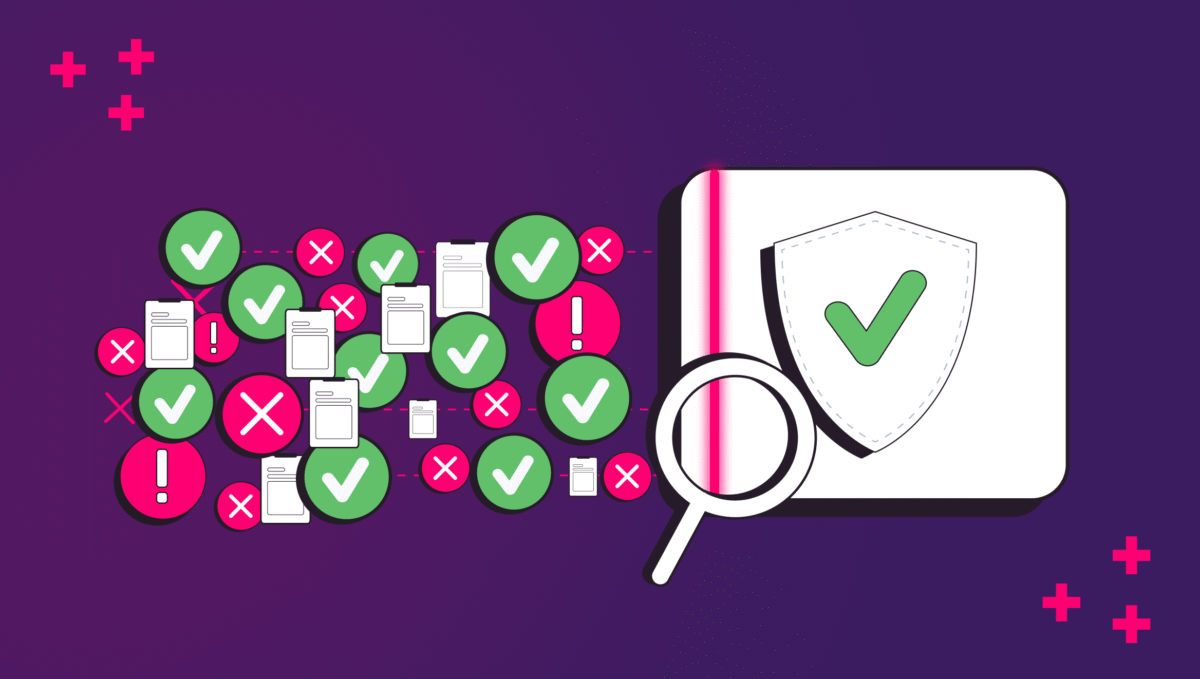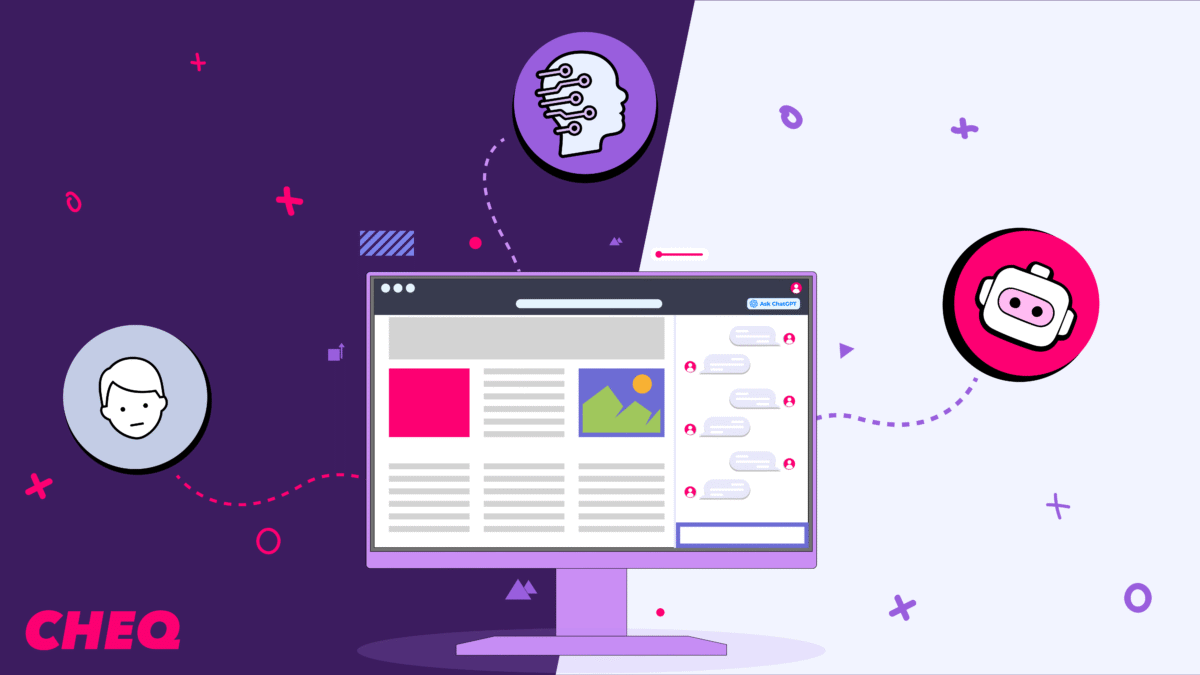What are Native Ads and How Can You Use Them?
Natan Golden
|Marketing | August 02, 2023
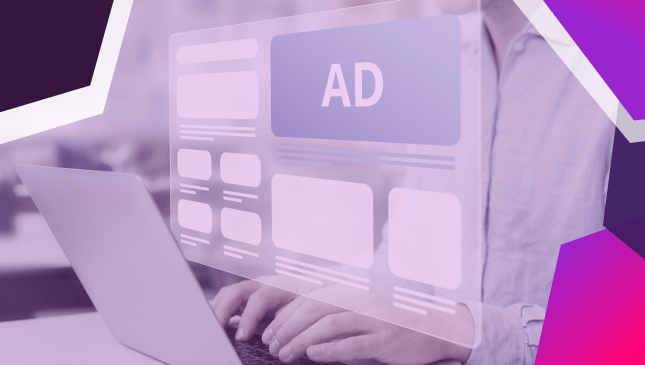
As the way we use the internet has changed, so has how we consume ads. Increasingly marketers are searching for methods that are more subtle or approaches that catch our attention without disrupting our online experience. And this is where native ads come in.
If you use social media or read online news or magazines, then you will have come across native ads. They are a mainstay of almost every ad platform and a popular way to both create engaging content and improve your brand visibility.
So in this article, we’re going to take a look at what exactly are native ads and how you can use them in your own marketing campaigns.
What are native ads?
Native ads are sponsored posts designed to blend into the style and aesthetic of a website. They will normally appear as part of the feed on social media or with suggested content at the bottom of a news or magazine article.
However, as the name suggests, these ads are designed to be native to the web page. They often include any promoted content that is designed to look like it’s not actually an ad. Native advertising can take the shape of promoted search results or sponsored digital content like YouTube videos, although the caveat is that they usually have the words ‘ad’ or ‘sponsored’ in some part of their frame.
These ads are particularly effective and more preferable to the site visitor as they don’t interfere with the user experience or stick out like a sore thumb.
Take this example from the GQ home page for example….
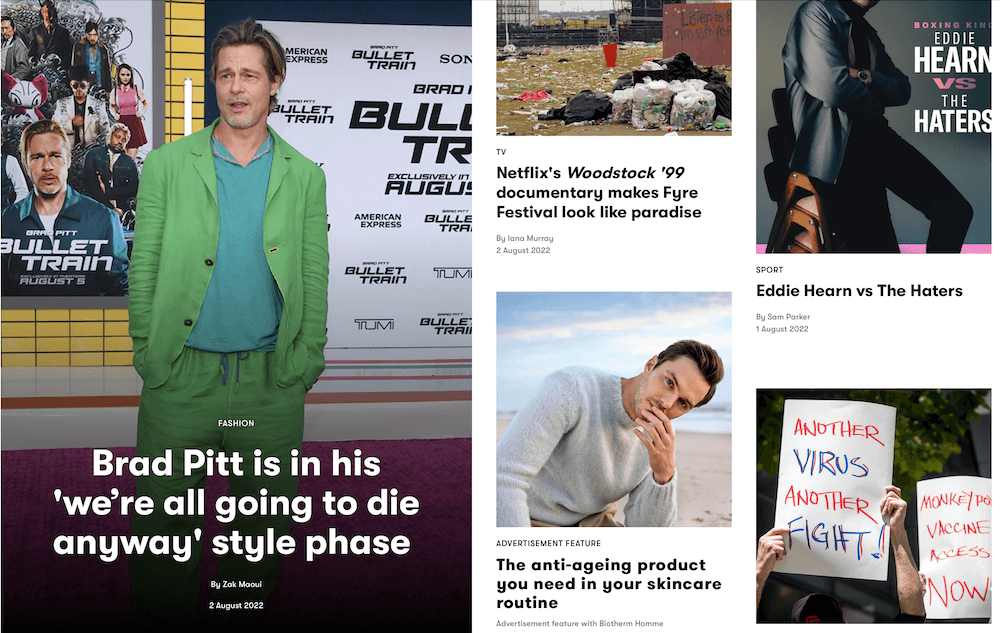
You probably spotted the anti-aging content highlighted as an ‘advertisement feature.’ But it fits in with the style and content of the rest of the website.
In fact, in this example, the same content makes a similar appearance further down the page.
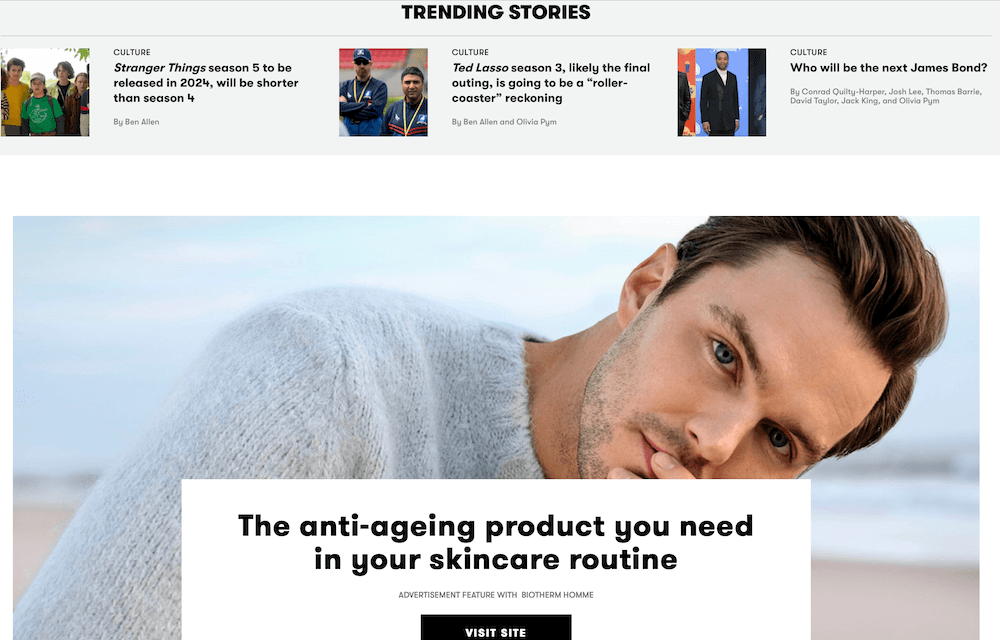
Once again, this native advertising feature blends in seamlessly – and it isn’t hiding the fact that it’s an ad.
So what is the difference between this style of native ad campaign and traditional ads such as banner ads or pop-ups?
Native ads vs. banner ads
There is a time and a place for both native ads and banner ads. As a general rule, banner ads are great if you’re trying to improve your brand visibility and are generally running campaigns targeting high impressions (CPM). In contrast, native advertising is much more effective if you’re targeting a specific audience demographic.
Banner ads are obviously designed to stand out, which serves a purpose such as building brand visibility.
For example, you might want your banner ad to be displayed clearly on popular websites, perhaps as part of a rich media campaign.
Banner ads also come in a huge selection of shapes and sizing.
For native ads, you’ll have less of a choice of formatting options; for example, you may need to cram all your information into an Instagram post or Stories or Reels post. However, the benefits are that native advertising does see more interactions than the bolder alternative.
Types of native ads
There are several different formats for native ads.
1. Sponsored content
Often displayed as suggested content at the end of a post, with a header such as ‘you might also be interested in these articles’ or ‘more from around the internet.’
This is what people typically think of as a native ad, as the article is usually promotional copy leading directly to an external website or landing page.
2. Paid search results
Paid search results are a prime example of native content. By sitting at the top of the SERPs, even with ‘ad’ next to the title, these ads blend into the format and style of the website.
Although these may be native content in style, they are not normally seen as native ads for the purposes of marketing campaigns.
3. Promoted listings
Unlike the other forms of native ads, promoted listings are mainly used to target shoppers. You’ll see these forms of native advertising on sites like Amazon, where advertisers have paid to push their products to the top of the home page. But you may also spot these on Google Shopping – with the top results usually coming from paid campaigns.
4. In-feed social ads
Ads on social media platforms are designed to blend into your feed and be less intrusive, making them native by default. Of course, people are increasingly aware of ads on social media, even if they are designed to blend in. But they still remain a strong part of the ad strategy for many businesses, for good reason.
5. Native video ads
You don’t have to use written content or social media posts for your native ad. You can also use native video ads, which can be embedded into either a web page or a social media page. These also serve the extra benefit of being eye-catching and more engaging than written content or simple image-based posts.
Why use native ads?
With online advertising, there can often be a case of ad fatigue, especially for brands with big budgets pursuing a strong marketing campaign. People quickly get bored of seeing the same banner ads or being hit with the same video on YouTube or social media, which can be detrimental to a brand.
So to improve engagement with target audiences, native advertising offers a way to keep your marketing rolling without annoying your target demographic.
Here are the main reasons to use native ads:
Less intrusive advertising
Let’s be honest here – no one really likes ads. We know they essentially provide us with free internet, but to have ads pushed in our faces can be obtrusive and, to many, annoying. And the move to less intrusive ads is driven largely by the need to run ads without putting people off your brand (ad fatigue). And also because they convert well.
Since they are essentially integrated into the design of the pages like other page content, native ads are less grating on our browsing consciousness.
For example, with native ads, you’ll never see pop-up notifications or ads obstructing page content. So therefore, surfing our favorite websites is much smoother and more pleasant.
Native ads are more effective
Since native ads don’t face the same prejudice that display ads get from internet users, they may enjoy better reception online. For example, people are more likely to click a link within seemingly organic content or on social media than a pop-up ad of the same product placed on the same website.
The advertisements are more relevant to consumers since they fit the context of their searches. This significantly boosts the efficiency of marketing campaigns.
Since they’re practically part of the website, they are usually not blocked out by ad-blocking software and are more likely to reach more people. Studies show that they are viewed up to 53% more than display ads.
People prefer and trust organic content
As people have become more wary of being advertised to, we prefer to find and research our potential new products or services ourselves. As such, we are more likely to spend time engaging with organic content than ads. In one study, it was found that 32% of people find native content more informative compared to traditional or direct ads.
The same study found that people are 33% more likely to trust information from native advertising content than from banners or traditional ads.
How much do native ad campaigns cost?
As native advertising is offered as part of the standard offering on the advertising platforms, prices are normally comparable to other ad formats.
But, like other PPC ads, the actual cost of a native ad campaign will vary depending on the ad platform, your audience targeting, your industry, and even your budget.
It is possible to set up a campaign using native ad placements for $10 or less. And, of course, the sky’s the limit. Facebook, for example, allows you to run ads on their platforms, which use native placements across their sites – which can cost under $10. But you can easily pay hundreds or thousands per day to run your native ad campaign.
The price will also vary if you’re paying per ad impression (CPM), cost per click, or cost per acquisition.
Examples of native ads
The most popular use of native ads is evident in social media apps like Instagram. In fact, you may have noticed that one in four posts on your Instagram feed is a sponsored post presented in a native ad style.
Instagram Stories have also become a major platform for digital advertising, with regular ads.
Here are some great native advertising examples as seen on Instagram and Facebook:

Although these placements are obvious adverts, they also blend into your viewing experience.
Below, you’ll also see an example of a Facebook Ad -which you’re probably familiar with already. And even though it’s very obviously promotional, it also blends into the aesthetic and the overall style of the Facebook page, a typical example of a native ad.
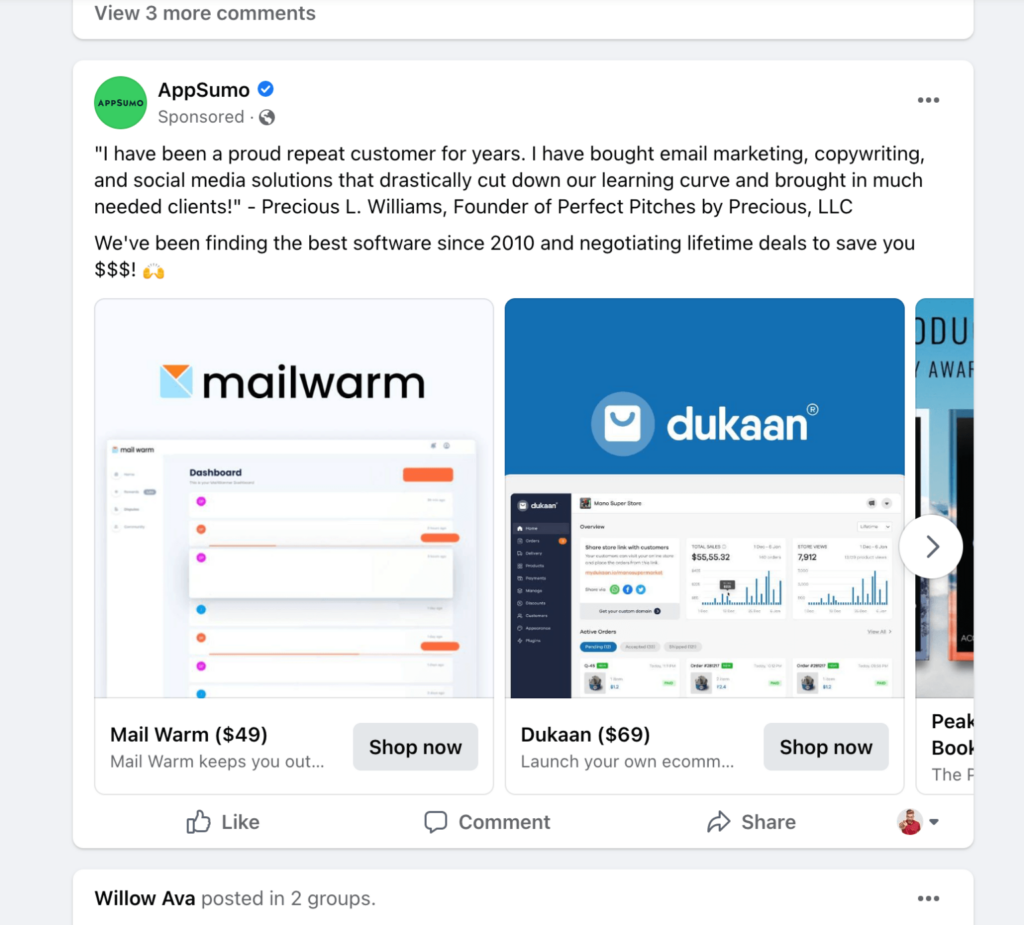
Even though this isn’t an organic post, it still doesn’t interrupt your browsing experience in quite the same way as a traditional ad or a more intrusive advertising style such as a pop-up.
Another native advertising example you’ve probably seen is the suggested content box. These are what people often think of with regard to native ads and are found at the bottom of articles on many news and magazine sites.
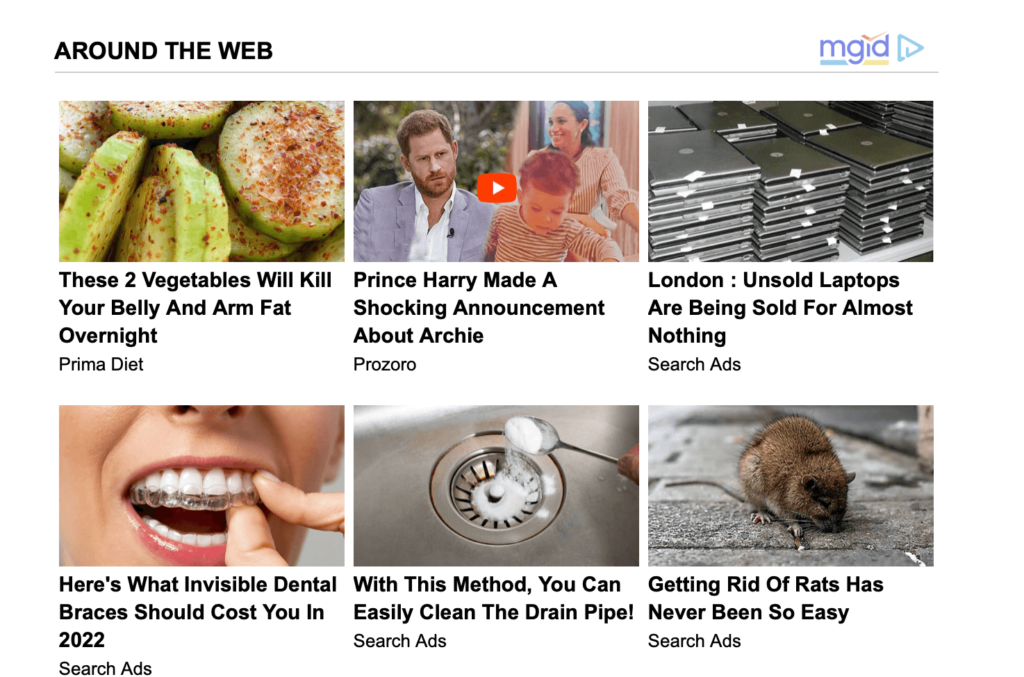
These ad examples are obviously quite clickbaity, but their content blends into the website’s feed.
Other social media sites such as Reddit, Linkedin, Twitter, TikTok, and Snapchat also have a native approach to ads.
Both Google and Microsoft Ads offer tools to create native advertising campaigns. Setting up a native campaign usually requires the advertiser to surrender some control of the ad styling so that the platform can adjust and customize the display to fit the publisher.
How to use Google native ads
If you use Google Ads, you can use Google Ads Manager to place your ads using native advertising. You simply add your creativity, such as images, videos, and copy, and let Google do the rest.
These ads will then be placed on the huge portfolio of websites and apps on the Google Display Network (GDN).
Watching your ad traffic
Although native ads offer better engagement and are preferred by the ad-viewing public, you also need to factor in the issue of fake or invalid traffic.
With huge volumes of bots, fake accounts, and malware apps, ensuring your ads are viewed and clicked by genuine humans has become a key focus for savvy marketers. In fact, most ad metrics, such as customer acquisition costs, quality score, and reduced bounce rates, increasingly rely on delivering clean ad traffic.
What are fake accounts, and how do they affect your marketing?
As the industry-leading click fraud and ad fraud solution, ClickCease blocks the most damaging invalid traffic on Google, Microsoft, and Facebook Ads – allowing your native ads to shine.
If you’re creating ads or looking to optimize your native ad spend, run a free traffic audit with our no-obligation trial. You’ll get an unbeatable insight into who is really engaging with your ads and view data that you just don’t get anywhere else.

